For the sake of completeness here is also the plot (in absolute units of 106 km2) for Southern Hemisphere (Antarctic) Sea Ice Coverage (see attachment) taken from http://arctic.atmos.uiuc.edu/cryosphere/antarctic.sea.ice.interactive.html, kind of interactive diagram refreshed on daily basis.
Last year (dark red line) the ice coverage exceeded for the most part of the year all shown measurements (from 1979), and we entered in 2015 (yellow line) with new record.
On the other hand, below are extent anomalies in percentage, i.e. the difference (in percentage) between the mean sea ice extent for given month and the mean for that month in 1981-2010 time period. Positive difference means that mean ice extent for the month (e.g. Jan 2015) is larger than that month (January) median of 1981-2010 period.
Graphs taken from the The National Snow and Ice Data Center: http://nsidc.org/data/seaice_index/
Here is also how it (the actual monthly extent; Arctic - left; Antarctic - right) looks like on BBM, with 1981-2010 monthly mean denoted with magenta line.
edit: Added plot descriptions.
Last year (dark red line) the ice coverage exceeded for the most part of the year all shown measurements (from 1979), and we entered in 2015 (yellow line) with new record.
On the other hand, below are extent anomalies in percentage, i.e. the difference (in percentage) between the mean sea ice extent for given month and the mean for that month in 1981-2010 time period. Positive difference means that mean ice extent for the month (e.g. Jan 2015) is larger than that month (January) median of 1981-2010 period.
Graphs taken from the The National Snow and Ice Data Center: http://nsidc.org/data/seaice_index/
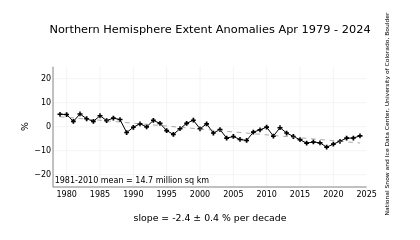
| 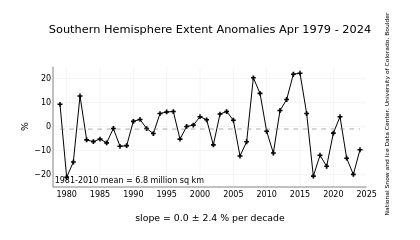
|
About This Graph said:This graph shows monthly ice extent anomalies plotted as a time series of percent difference between the extent for the month in question and the mean for that month based on the January 1981 to December 2010 data. The anomaly data points are plotted as plus signs and the trend line is plotted with a dashed grey line.
Here is also how it (the actual monthly extent; Arctic - left; Antarctic - right) looks like on BBM, with 1981-2010 monthly mean denoted with magenta line.
Description said:Monthly images show sea ice extent with an outline of the 30-year (1981-2010) median extent for that month (magenta line).

| 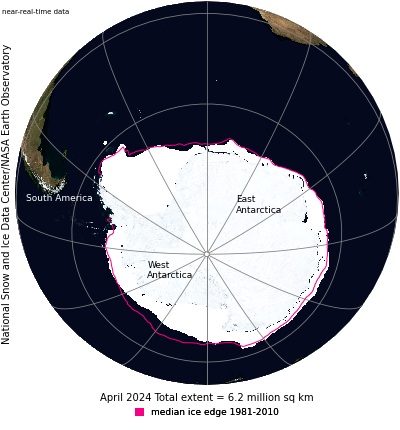
|
edit: Added plot descriptions.

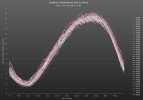
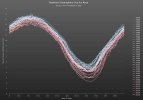
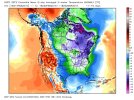


 :O
:O 
